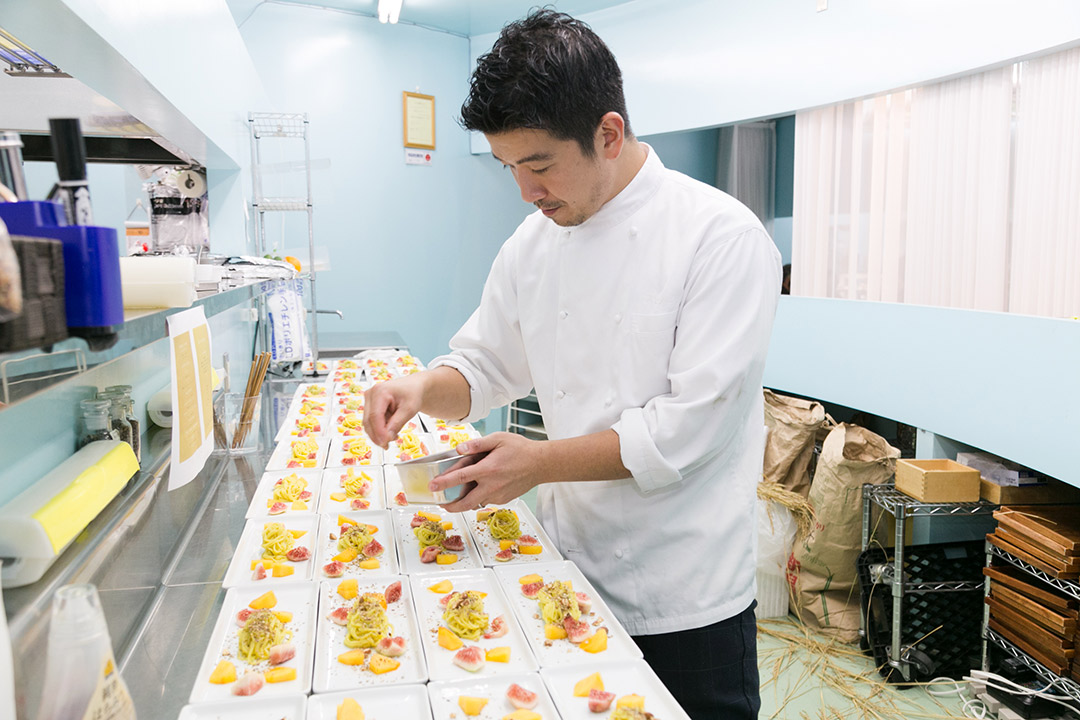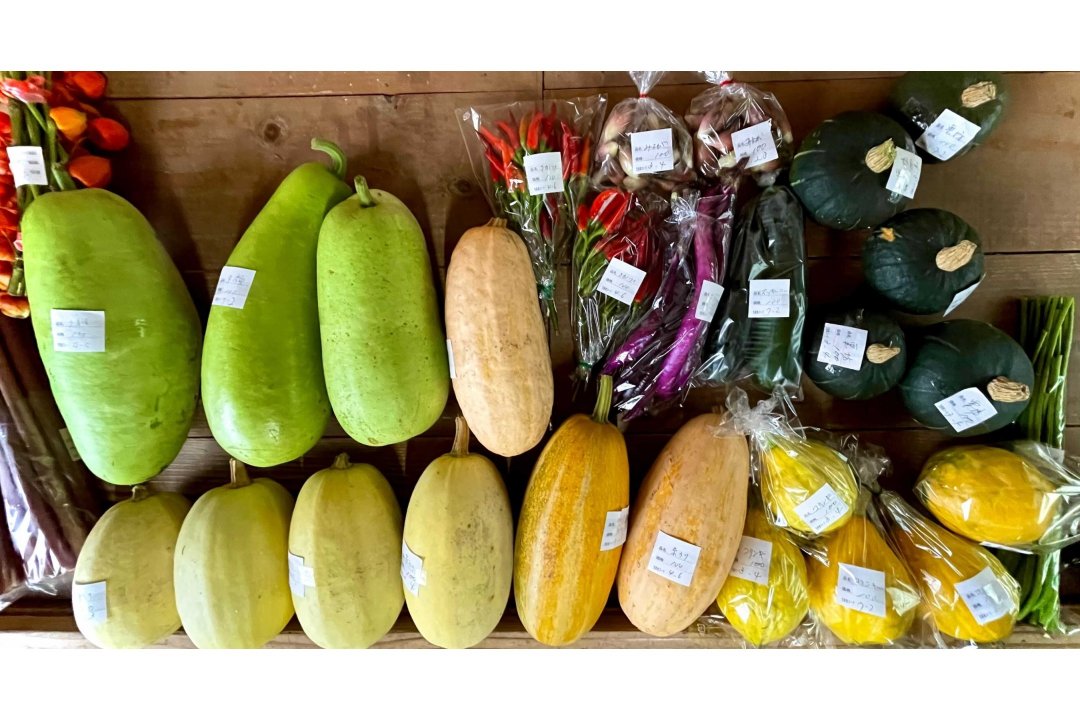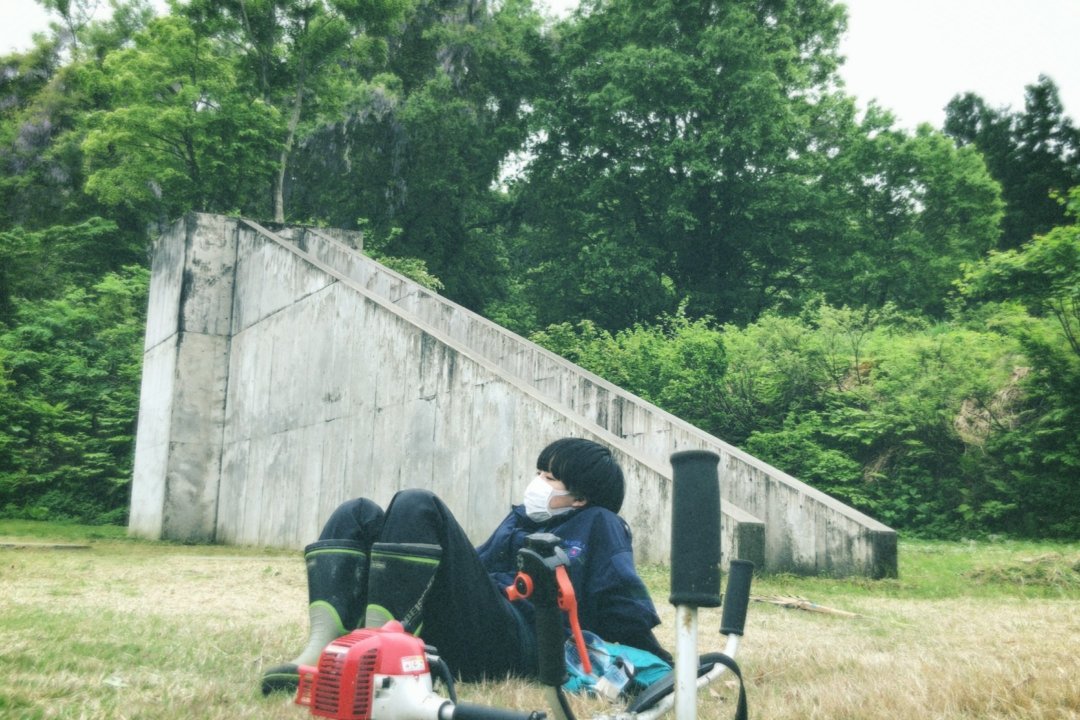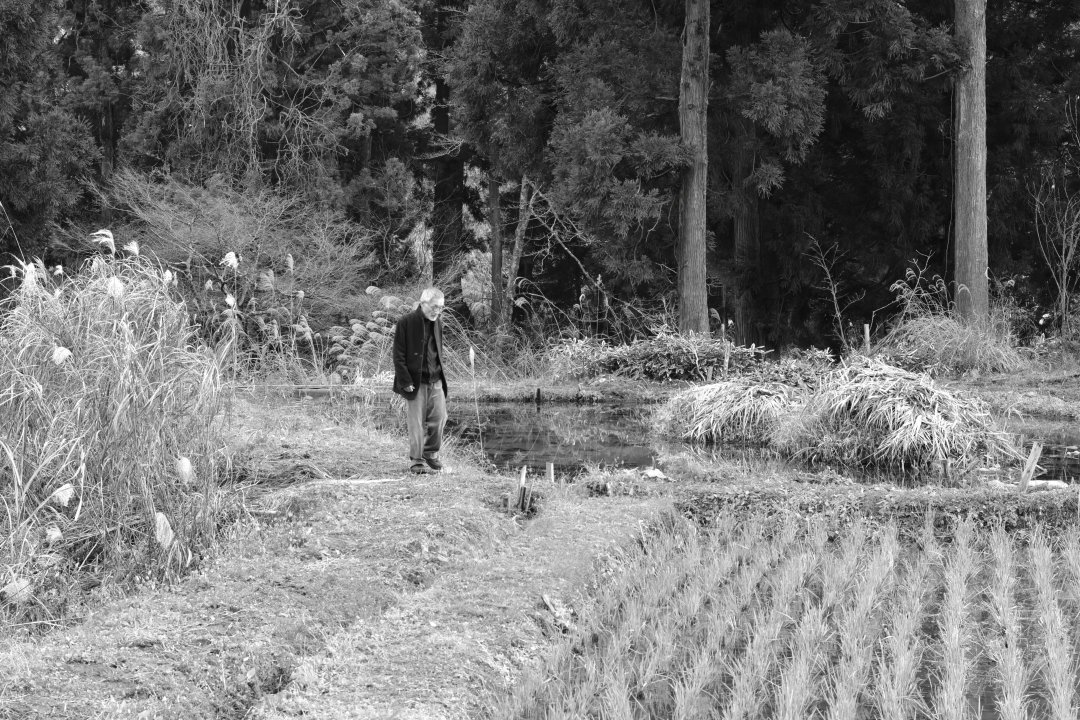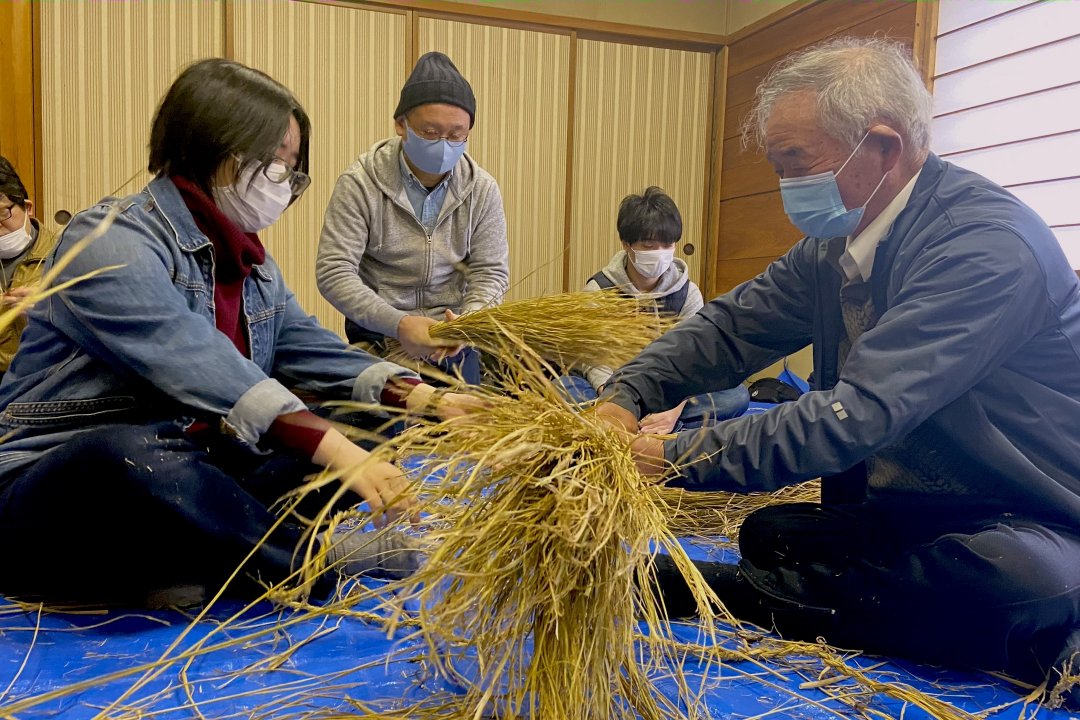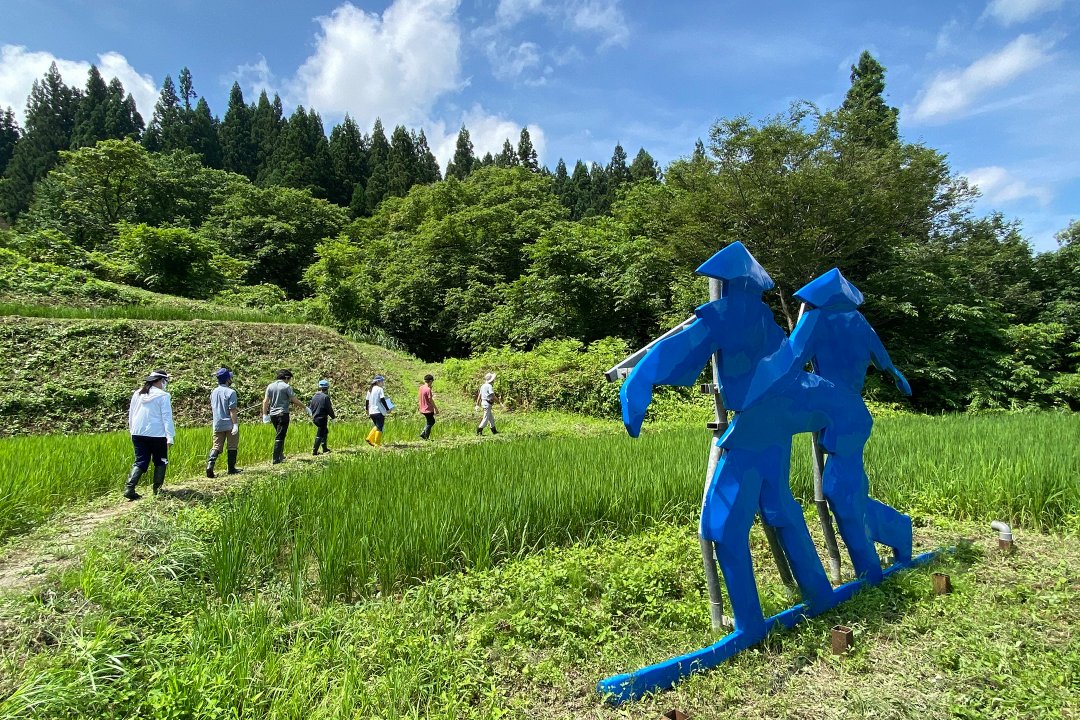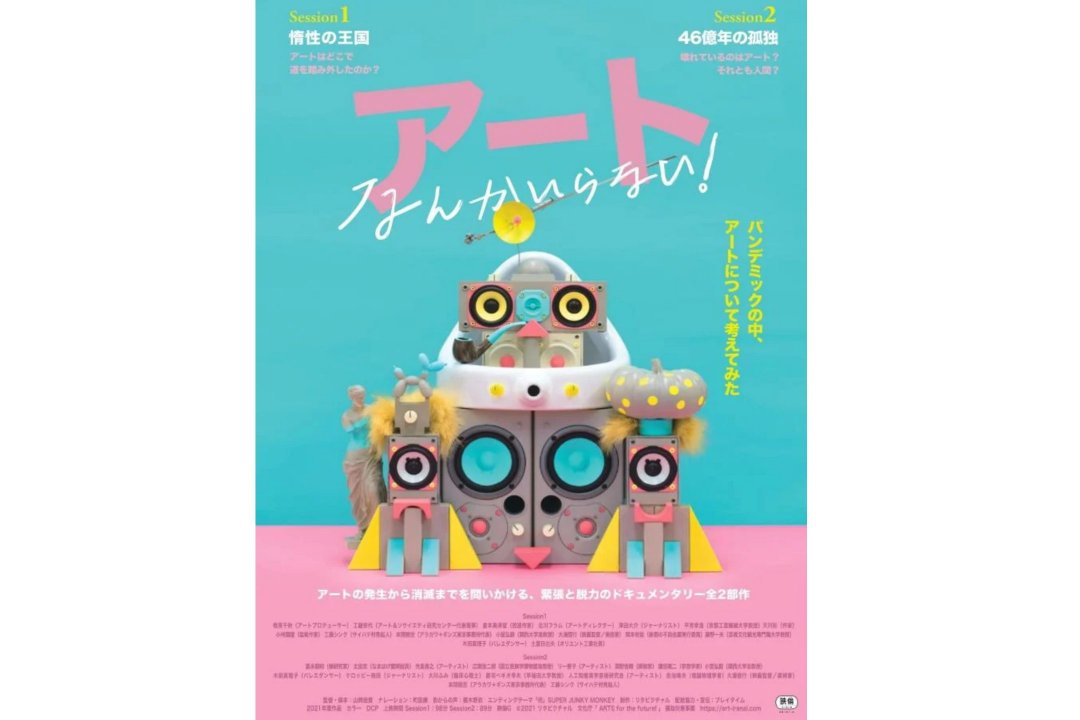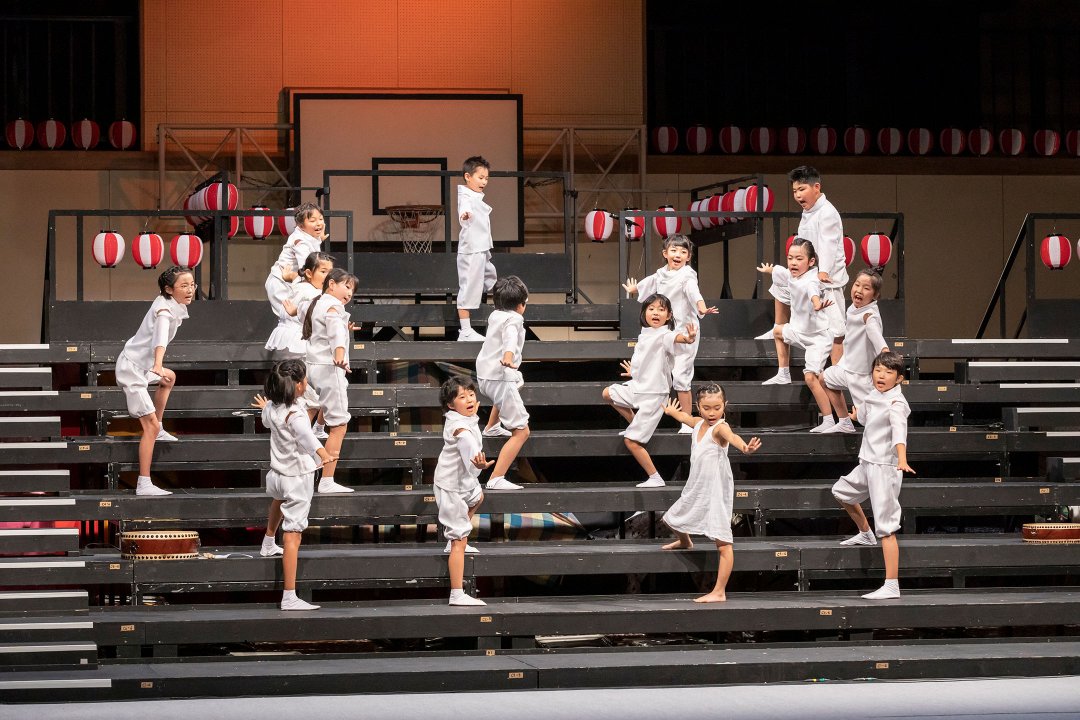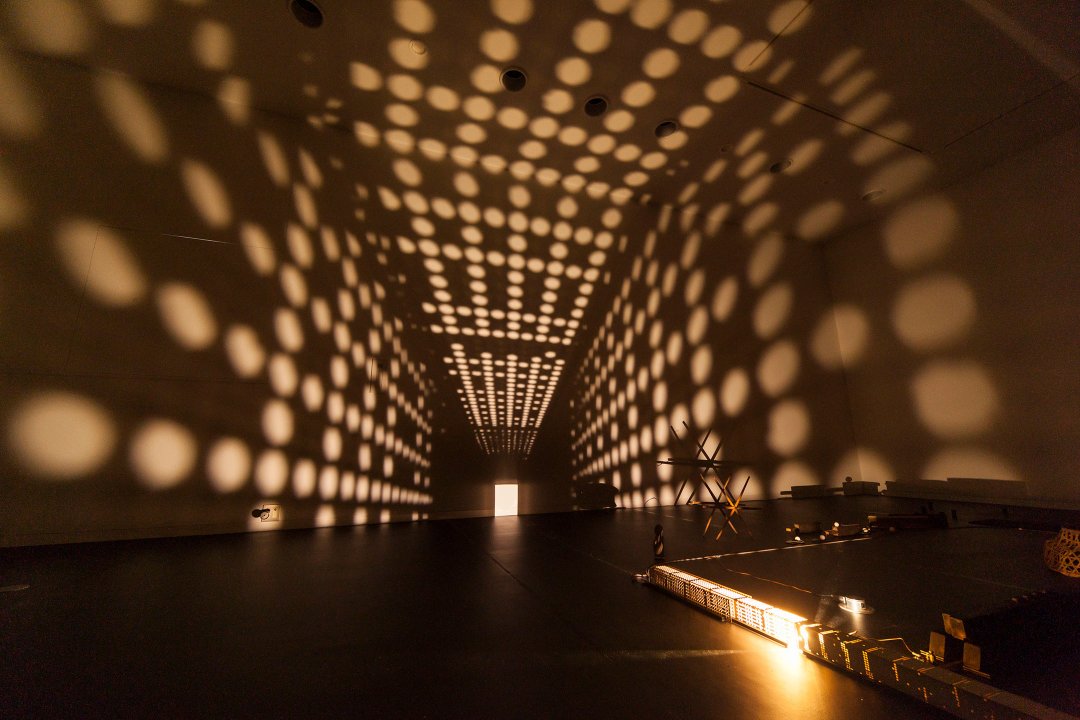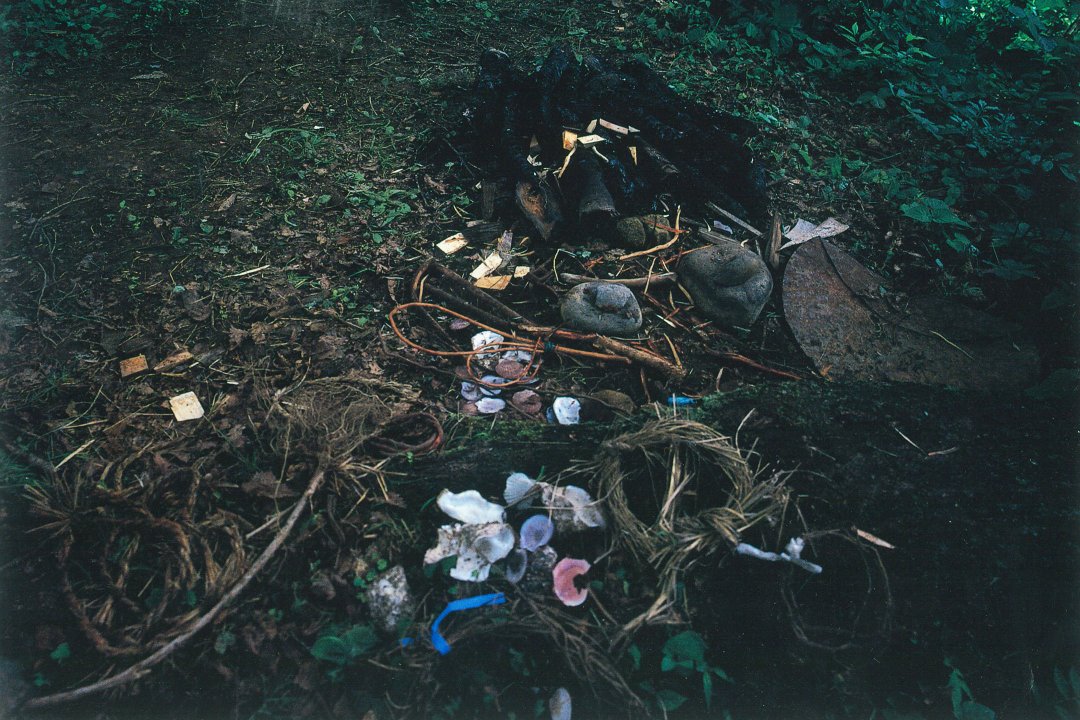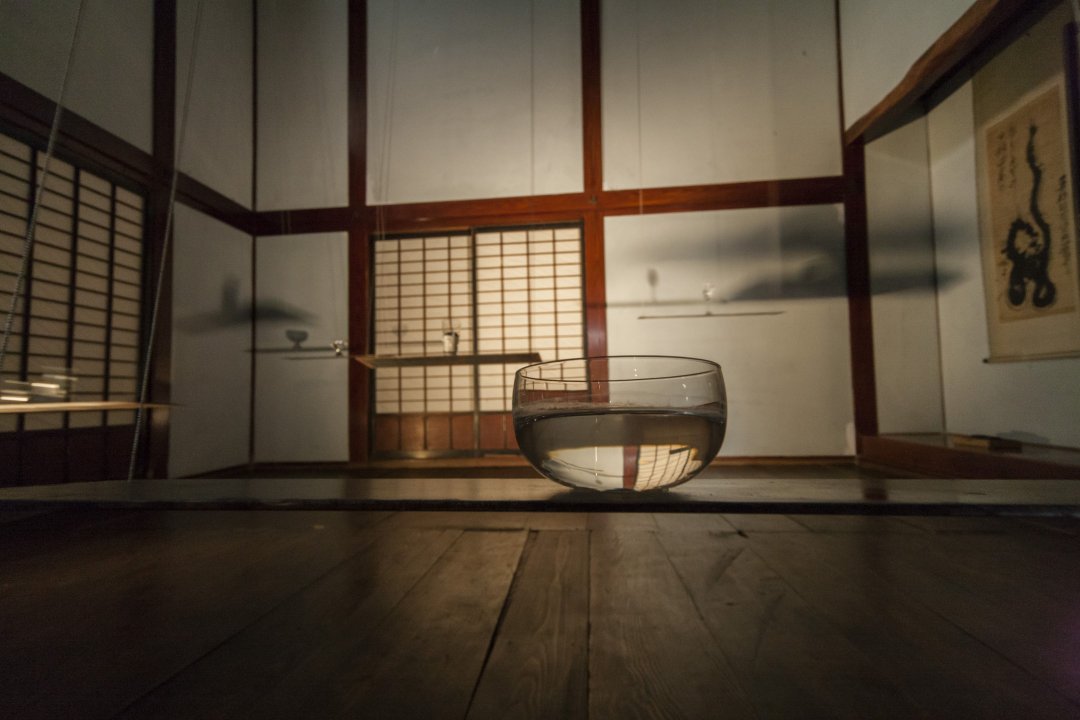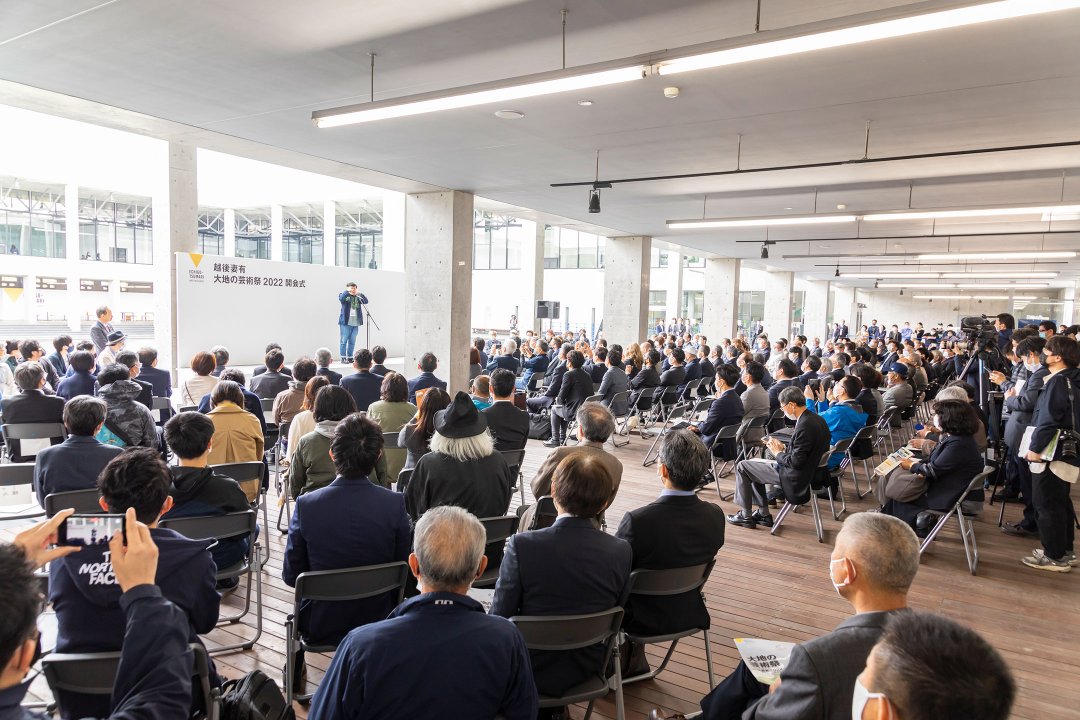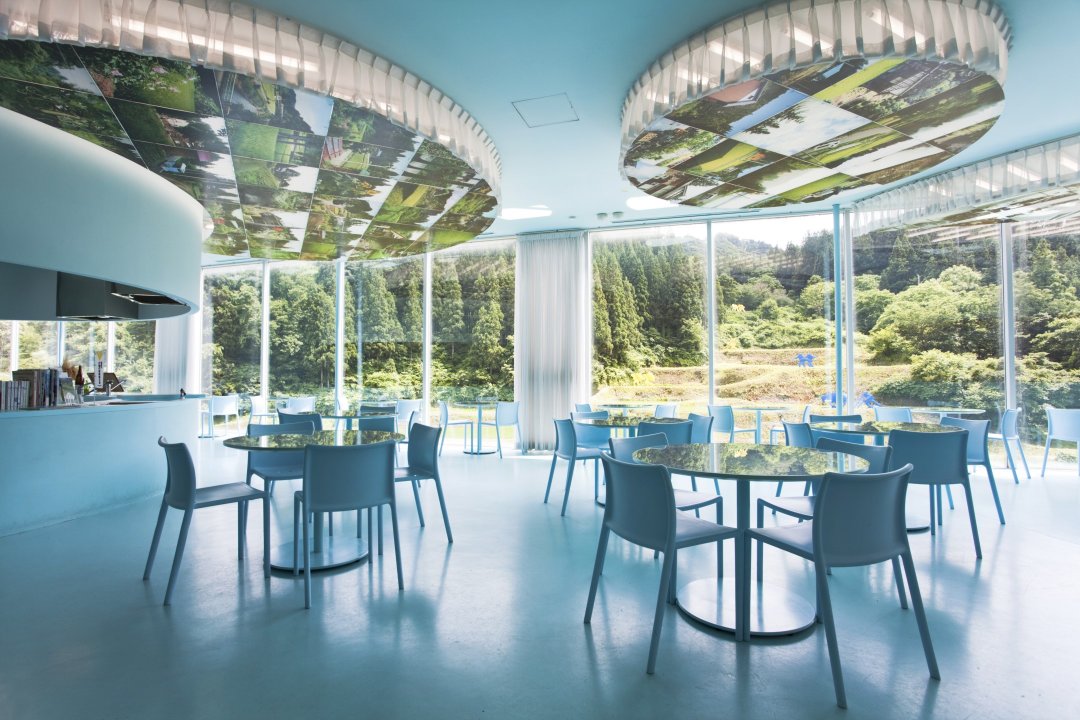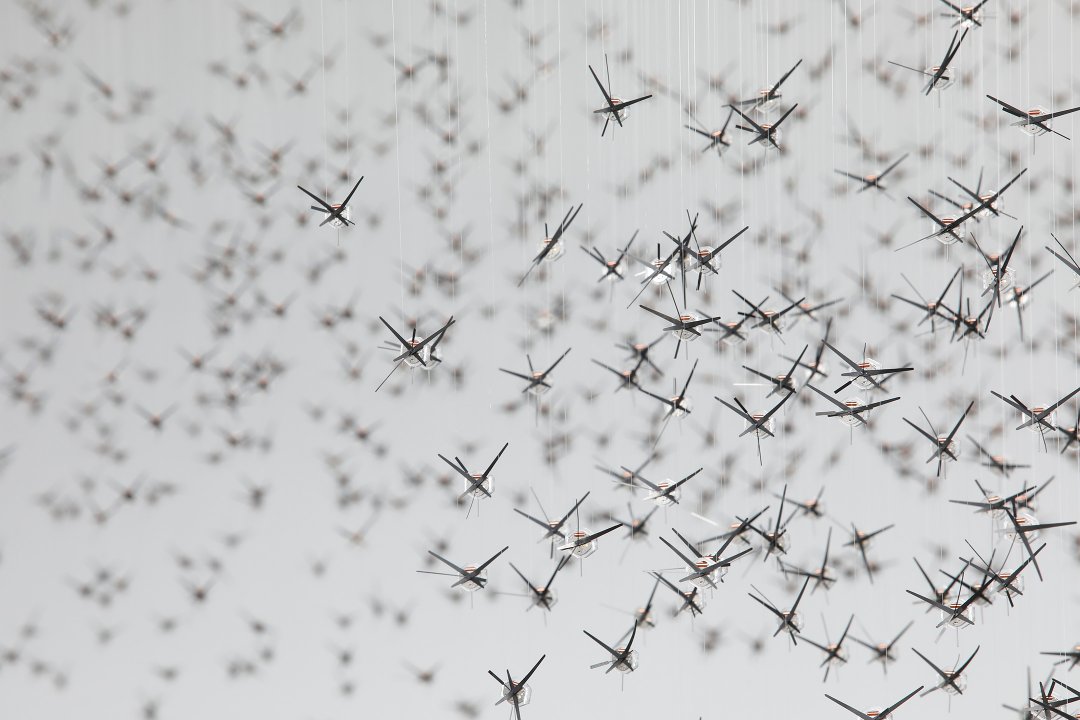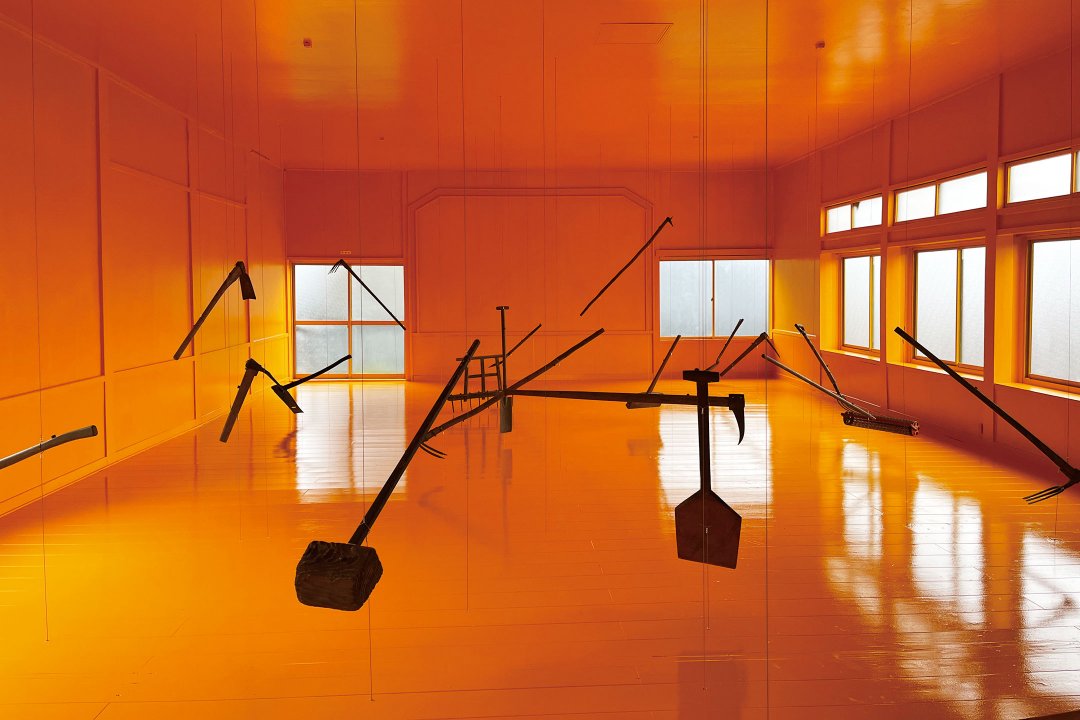Thinking 21st century art in the world from Niigata
Echigo-Tsumari Art Field - Official Web Magazine
Staff / From behind the scene of Echigo-Tsumari
The birth of "Daichi-no-Okazu"! A heartful and flavourful gift from Echigo-Tsumari vol.1
24 December 2020
Text by UCHIDA Shinichi, Photo by TOYOSHIMA Nozomu, Edit by UCHIDA Shinichi and KAWAURA Kei (CINRA.NET editorial team)
Bring colourful taste of Echigo-Tsumari to people across Japan
What is your most favourite flavour of Echigo-Tsumari? What would occur to your mind when you think about traditional cuisine of the region if you haven’t visited? What is attractive about Echigo-Tsumari is to be able to experience both art and seasonal food culture, we are launching a new project to enjoy “Echigo-Tsumari at home” in this current COVID-19 situation.
The series of “Daichi-no-Okazu” aims to deliver seasonal flavour of satoyama in jars to people across Japan. “Okazu” (side dish) of satoyama are traditional flavours cooked by local women in Echigo-Tsumari using seasonal vegetables and sansai (mountain vegetables) in miso, shoyu (soy sauce) and vinegar. They follow distinctive processes and wisdoms such as salting, drying and bottling in order to preserve food for long winter in the snow country. This is a new challenge that NPO has started to engage as a part of the ETAT project.

Samples of “Daichi-no-Okazu”. (From left to right: Fukinoto-Miso, Itouri-Tamarizuke, Zenmai-ni, Itouri-Suzuke, Zuiki-Suzuke). Daichi-no-Okazu is a new series of the project started with “Daichi-no-Kome” (behind the jars), deliveing flavour of Echigo-Tsumari to people across Japan ※ The actual flaours of jars sold on-line may be different.
While the leading role of this new project is played by local women, they are supported by various people behind the scene including the distinguished chef YONEZAWA Fumio from The Burn and AIMA Yuki who runs D&DEPARTMENT Inc pursuing “Long-life Design”.
Yonezawa is currently the executive chef at The Burn in Tokyo after working as a sous-chef at Jean-Georges Michelin three-star restaurant in New York. He started The Burn after returning to Tokyo where he presents diverse cuisine including meat to vegan to pursue various ways to enjoy culinary experiences.
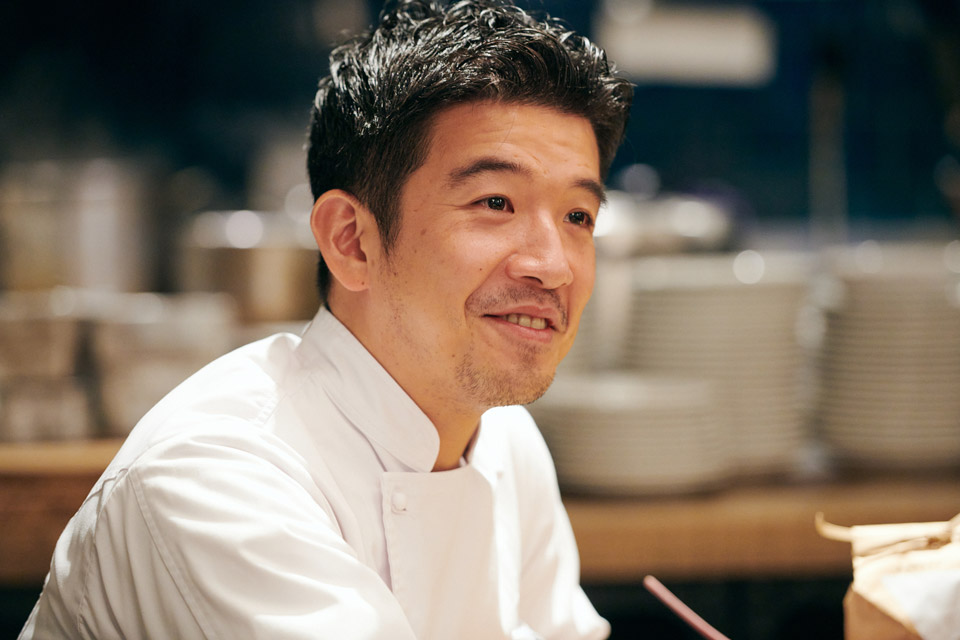
YONEZAWA Fumio
Yonezawa:If I remember correctly my first visit to Echigo-Tsumari was during Echigo-Tsumari Art Triennale 2015. The first impression I had was “what a remote countryside…” with some positive meaning, too. Since I was born and grew up in Asakusa, the home I know as my root is Tokyo and I was reminded that the importance of culinary culture in the countryside when I visited Echigo-Tsumari.
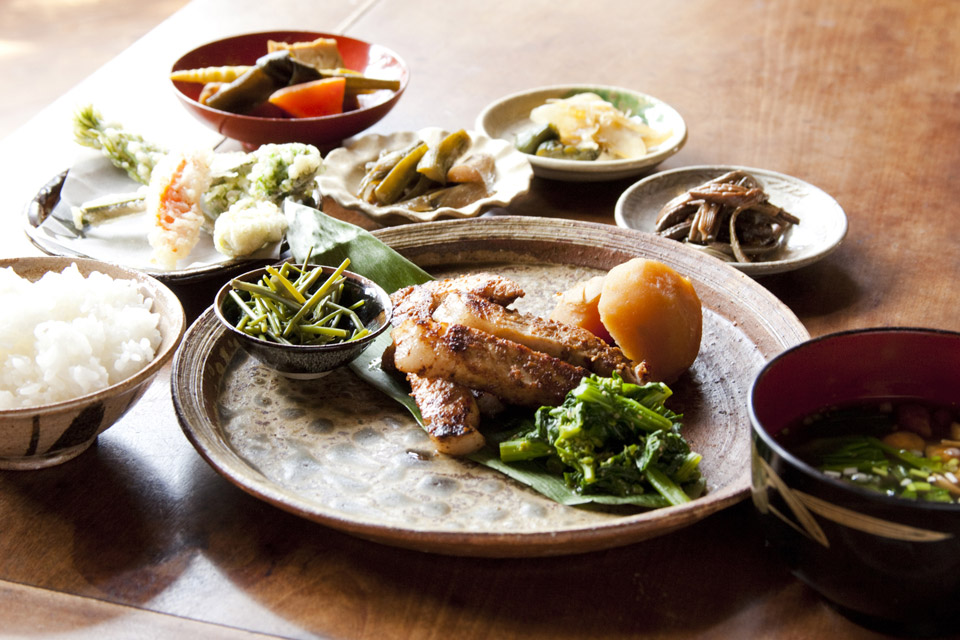
An example of a meal utilising local ingridients served at “Ubusuna House” in Echigo-Tsumari. (Photo by YANAGI Ayumi)
Yonezawa:It is often said that “Japanese have fine sense of taste” and I believe that distinctive culinary culture in countryside plays a significant role. While we experience lots of changes lately, I hope that such richness in food will continue to be a basis of our culture. This is how I have been engaged with Echigo-Tsumari through what I can do such as supervising special dinner during ETAT. (*1) I engage with this project as a supervisor to help local women prepare and deliver their delicious flavour in jars to people across Japan.
Aima, on the other hand, has been promoting distinctive attraction of each of the respective 47 prefectures through projects and activities of D&DEPARTMENT under the overarching theme, “long-life design”. “d47” which consists of a museum, shop and restaurant located in Shibuya Hikarie represents such approaches. He has been supporting Echigo-Tsumari by serving “Echigo-Tsumari set meal” in the d47 restaurant.
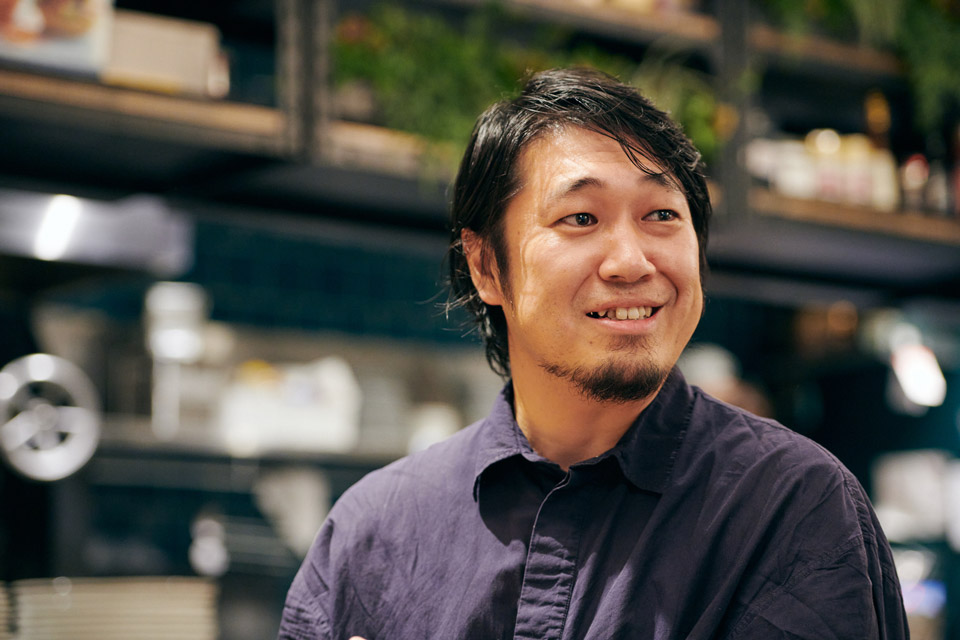
AIMA Yuki
Aima:I visited the first ETAT 2000 when I was a university student. The fact that artworks co-existed in nature and local culture hugely inspired me. I believe that that experience has something in common with what I currently do at work. In 2019, I got involved with “d7 Matsudai Tanada Bank Museum” project to promote an Matsudai Tanada Bank, an activity in Echigo-Tsumari which conserves terraced rice field in the region (*2). The project attemps to provide an opportunity to experience and learn culture and everyday life of different villages. My engagement with the “Daichi-no-Okazu” is focused on the logistics and promotion of the project, seeking how to communicate its attraction.
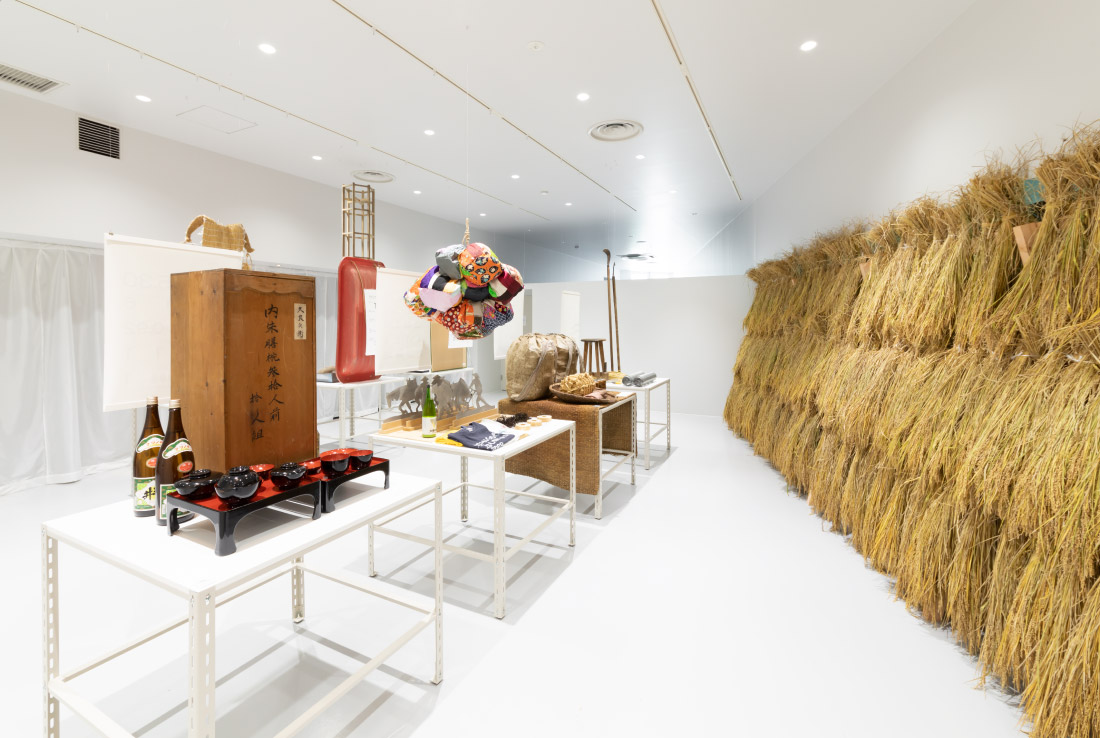
*2:関連記事 相馬夕輝(D&DEPARTMENT)に聞く「おこめ博覧会」の魅力
In order to put togather "flavour and heart" of the region
How does the master chef Yonezawa directed “Daichi-no-Okazu”? The answer to this burning question was rather unexpected. “To be honest, I feel that I don’t have to be there in the first place”, said Yonezawa. Let’s find out what it means?
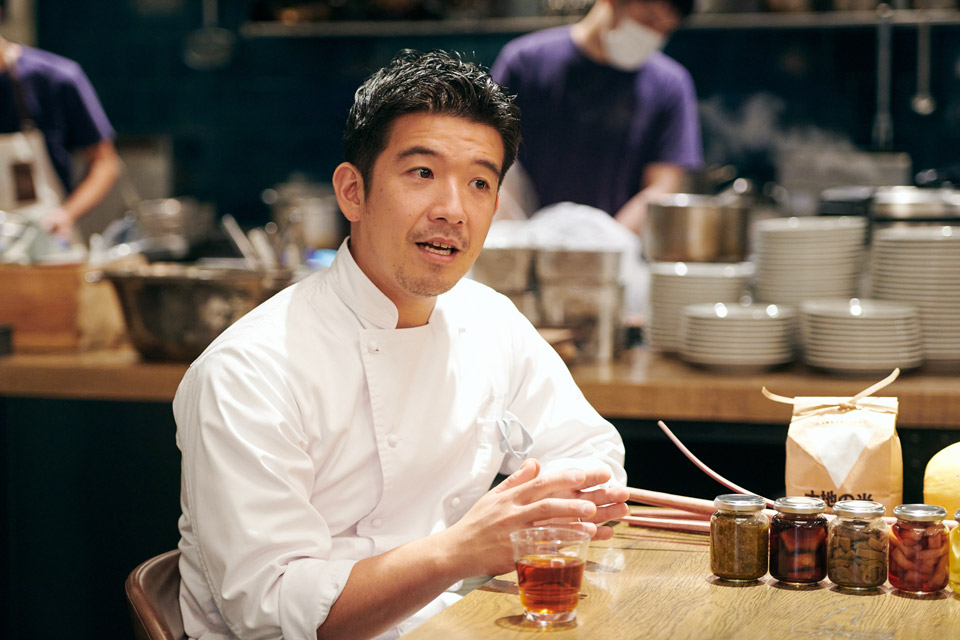
Yonezawa:While we call “flavour of Echigo-Tsumari”, each family obviously has different flavour. “Fuki-miso”, one of the most popular condiment is no exception. There are an infinite number of “correct answers” to “what is delicious” and none of them are wrong. However, when we make it on a commercial basis and provide and produce a certain volumn, we have to strike the right balance of flavour for each product.
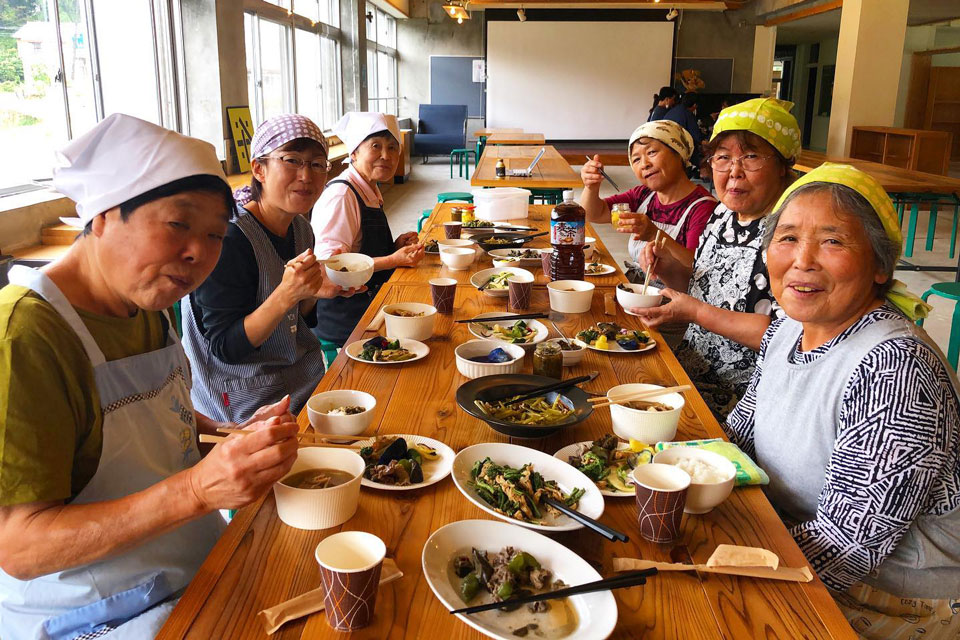
Local women in Echigo-Tsumari who work on the development of “Daichi-no-Okazu”. (Photo courtesy: ETAT)
Yonezawa:It must be difficult to leave this decision to make for local people to come to an conclusion. Everything brought in is something that someone else is proud of. If then we let the ETAT project members to decide one, it is equally difficult as they are not expert. I thought there is a meaning of my involvement – to make a comprehensive judgement as a professional and expert in food.
Aima who has seen how Yonezawa put togather flavour and heart as professional while giving the most respect and priority to the local flavour, talked to us as follows:
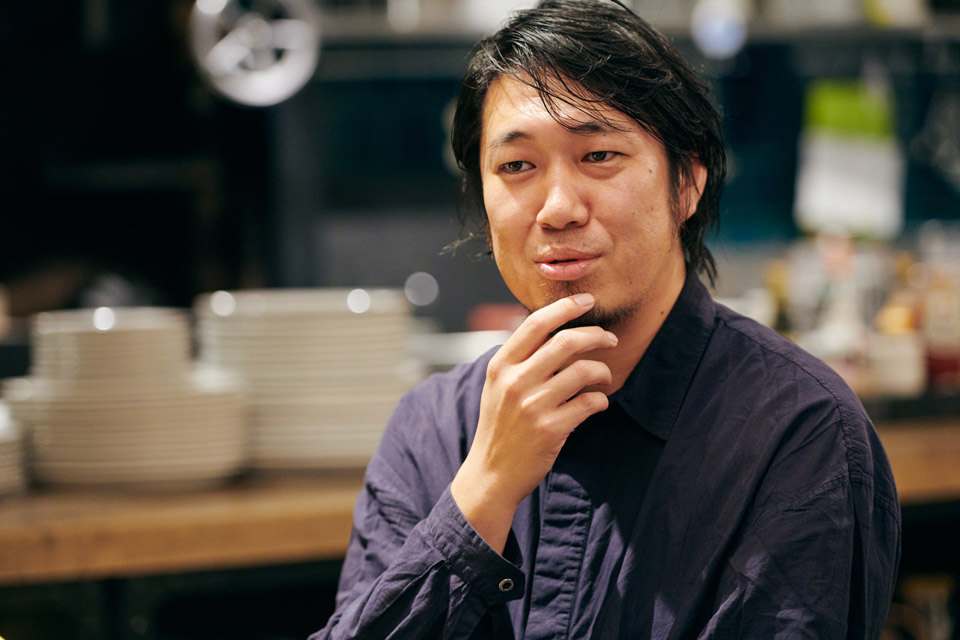
Aima:It wasn’t like any of master chef would do but everyone had a faith in Yonezawa. It must be the relationship they have built over years but most of all Yonezawa himself enjoys being part of the project. You can see when he tries the taste of their flavours. He also seeks for their views which makes them feel happy and trust him. I think the fact that he has fostered such trusted relationship plays an important role in this project.
As Aima jokes with giggles “Yonezawa being a good-looking man helps a lot”, Yonezawa responds “Many of them may be regarding me as their son”. This gives a glimpse of the serious but heart-warming exchanges of the project team which involve people of different positions and generations.
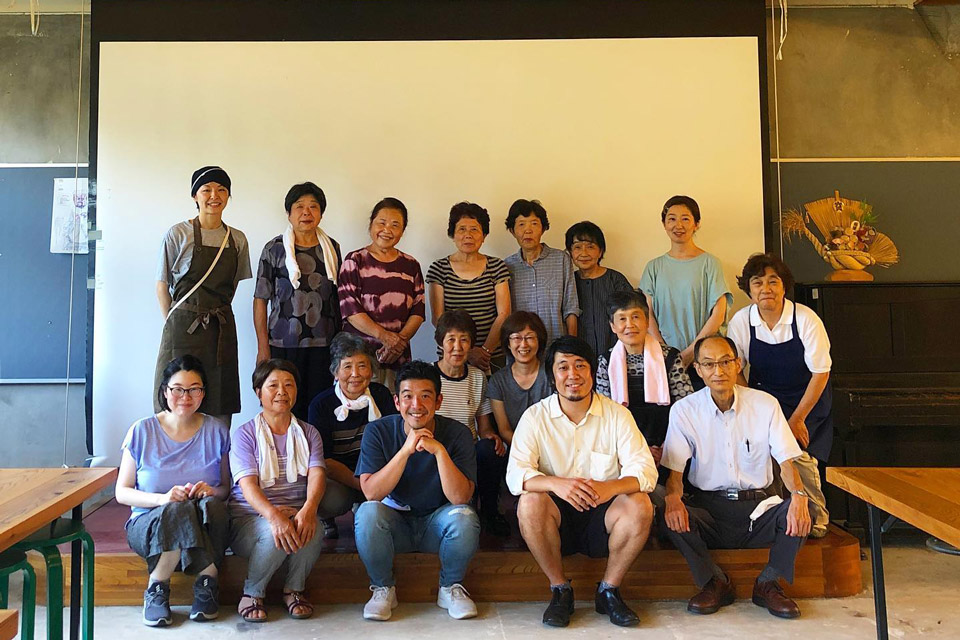
Team “Daichi-no-Okazu” with Yonezawa and Aimam (Photo courtesy: ETAT)
The very first review of tasting "Daichi-no-Okazu"!
While it is yet available for purchase, let them taste the trial product of “Daichi-no-Okazu” and tell us about their charm.
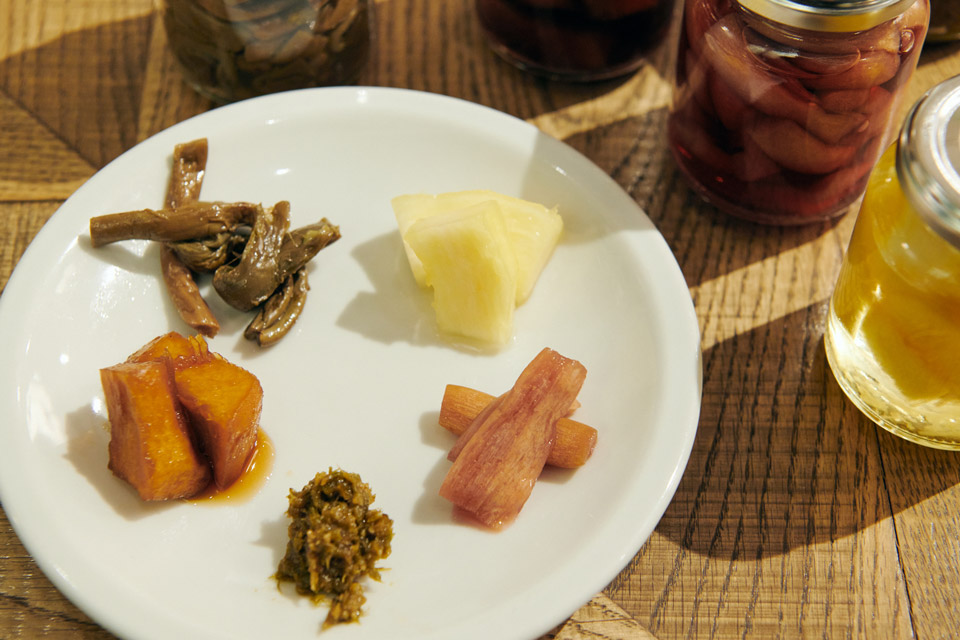
Photo featuring series of “Daichi-no-Okazu”. Fuki-miso, Itouri-tamarizuke, Zenmai-ni, Itouri-suzuke, Zuiki-suzuke – from the bottom on the plate to clock-wise)
The first one to try is above-mentioned “Fuki-miso” – one of the most popular condiments. You can taste a subtle flavour of fukino-to (mountain vegetable) in a mild miso which . You can eat as many bowls of rice as you like with just this Fuki-miso.
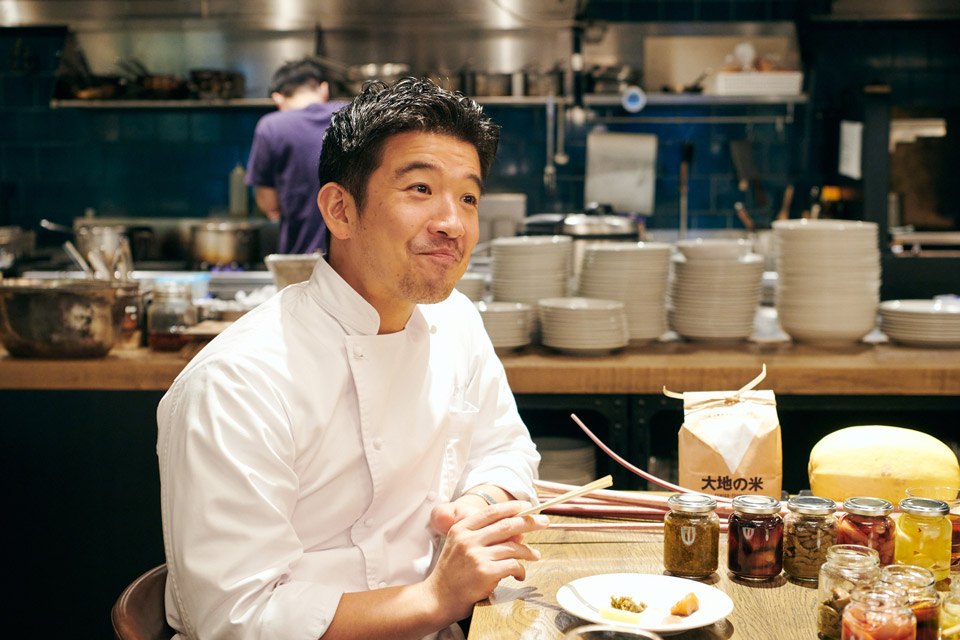
Look at this smile on the master chef who is strict about flavour.
Yonezawa:Fuki-miso is my favourite and I would say this is what “everyone loves a taste of”. It is something that is cooked at home but because it is so popular you can also see a dozen of different products in a super market. However, to tell you the truth, I believe this one is the best of best.
Aima:Fuki-miso is one of the condiment we included in Echigo-Tsumari set meal served at d47 restaurant. It is true each of Fuki-miso has its own distinctive flavour because it is popular. I can also recommend that this Fuki-miso under Daichi-no-Okazu label as the traditional and most delicious Fuki-miso.
Let’s move onto Itouri-tsukemono (pickled itouri) which is Aima’s favourite. Itouri must be remembered by many visitors as a unique vegetable which turns into something like noodle when boiled for cooking. For Daici-no-Okazu project, they kept the crunchy texture and while pickled in two different flavours, Tamari (deep flavour) and vinegar (refreshing and fruity).
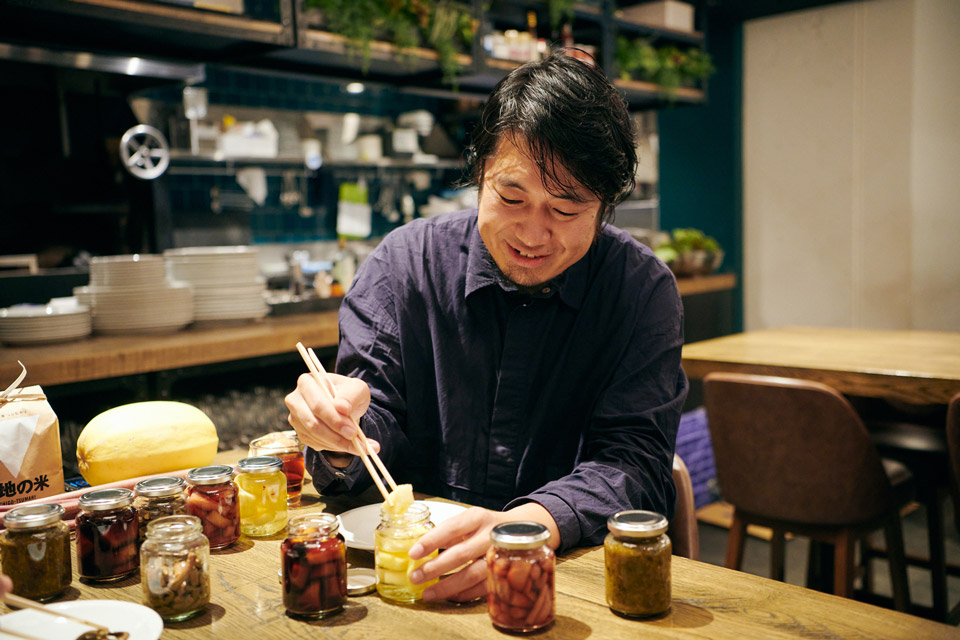
Aima couldn’t stop smiling as he tasted “Itouri no suzuke”. The yellow vegetable in the photo is Itouri.
Aima:Both look rather chuncky pieces for preserving in the jar. However, once you put them in month, they easily fallen into smaller pieces, giving you refreshing crunchy texture. I hope many people will enjoy this one.
The last one for tasting is a long-beloved mountain vegetable “zanmai” cooked and boiled. The flavour is not too strong but just right and highlighting the natural flavour of the vegetable grown in satoyama.
Yonezawa:Daichi-no-Okazu in general including this zenmai in particular goes really well with sake (giggling). This final trial product has managed to bring the balanced flavour. I can’t wait to eat them when they become available.
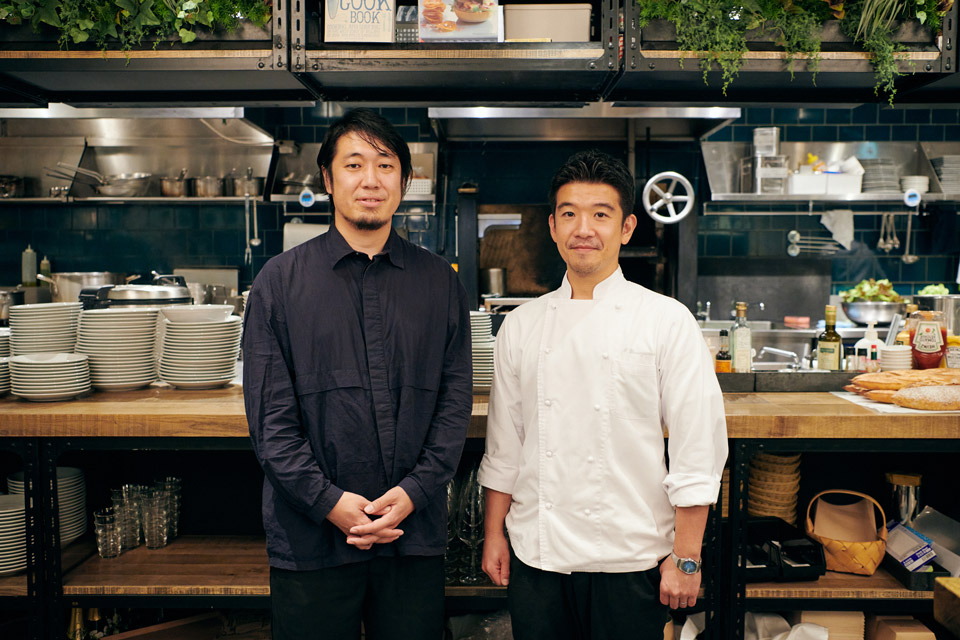
Aima:We will bring seasonal feature to the Daichi-no-Okazu so that customers can feel different seasons of Echigo-Tsumari. For example, Fukino-to in spring, cucumber in summer, walnuts in autumn and boiled/salted vegetables in winter. ike what is attractive about ETAT is not just the triennale in every three years, the region has seasonal activities with their distinctive. As far as the project of food goes, Daichi-no-mai (rice) is not just delivering rice grown in terraced rice field but informing of the life cycle of the terraced rice field throughout the year. I am hopeful to bring more of these seasonal beauties of the region through Daichi-no-Okazu.
In the later half of the interview, we will find out the upcoming plan of Daichi-no-Okazu and what the project would bring to the region in future as we speak to Yonezawa, Aima and local people.
Cooperation by:The Burn(Minato-ku, Tokyo)
PROFILE
YONEZAWA Fumio
Executive Chef at “The Burn”
Yonezawa worked at an Italian restaurant for four years after graduating from a high school. He moved to New York in 2002 and being appointed as the first Japanese sous-chef at Jean-Georges, the Michelin three-star restaurant. He has worked as executive chef at many famous restaurant after returning to Japan and worked as a chef de cuisine when Jean-Georges opened the restaurant in Japan. He became the Executive Chef at the Burn in summer 2018.
Click here to find out more about the sustainable grill, “The Burn”
PROFILE
AIMA Yuki
Director of Food Division, D&DEPARTMENT
Aima directs the project called “d47 shokudo” which revisits, discover and introduce characters and uniquness of each of the 47 prefectures across Japan through interviews and development of distinctive menu featuring their respective ingridients and culinary culture under the overarching theme, “long-life design”. Making use of the network of the 47 prefecture nurtured in the project, he has also launched various projects such as “life stock” to reduce food-loss in co-operation with producers, running cooking workshop of local food, “d taberu kenkyusho (d eating laboratory)” – a tour to visit producers. Through developoment of new products in collaboration with producers across Japan, he explores the ways how food could contribute to solve issues that the regions face. He is also engaged with “d Kyoto Shokudo”, “D&DEPARTMENT DINING TOYAMA”.
Click here for D&Department Project
Articles
Latest Articles
Stay connected with the ETAT official social media to receive the latest news and event information, and the many seasonal faces of Echigo-Tsumari as well as new issue of the ETAT official media, “Art from the Land”.





